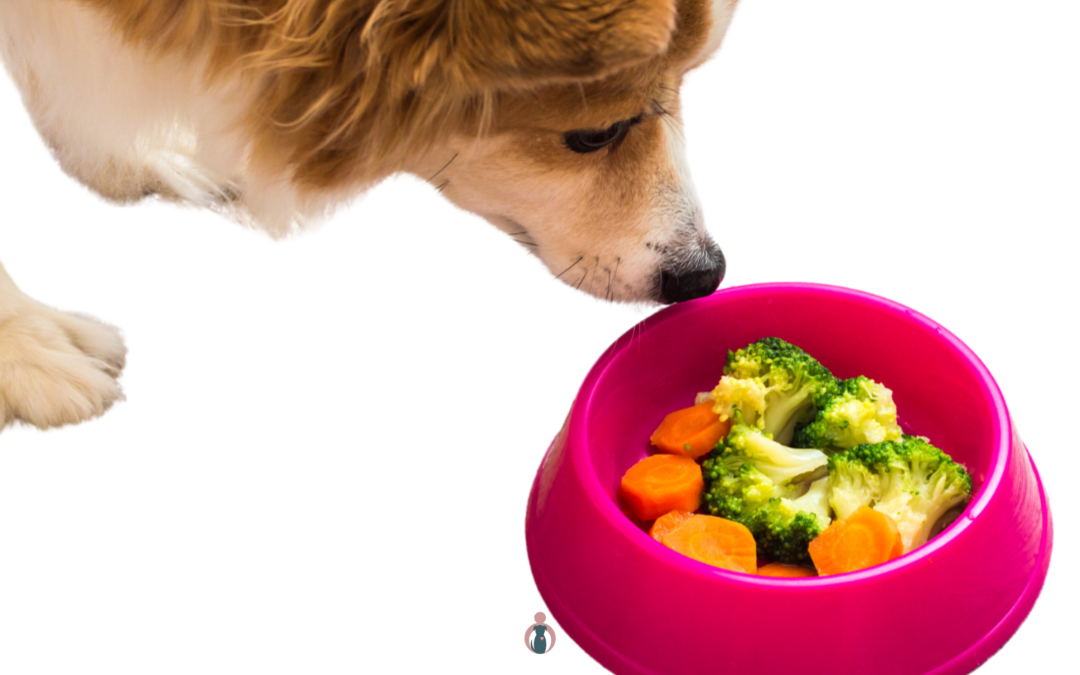Today we are already on part 4 of my mini series of blog posts about superfoods you can start adding to your dog’s bowl, whether you feed a diet of kibble, canned, cooked, raw or a combination of those. Every single one of the foods I will write about has special attributes that can contribute to better health and longer life. I’m really excited to share these with you!
But first: although all the foods I will describe are suitable for dogs in general, every dog is an individual, and not every dog may be able to tolerate extra additions to the diet. My advice is to be extra careful when the dog has known allergies (consulting with your veterinarian is always a good idea) and introduce new foods slowly and in small quantities. Make a note of what, how much, and when you give novel things so that possible adverse reactions can be interpreted correctly.
Superfood: Broccoli (and other cruciferous vegetables)
Cabbages belong to the cruciferous family and which includes several vegetables, such as broccoli, cauliflower, kale, Brussels sprouts, and cabbage. These are considered exceptionally healthy foods. Why are cabbages, including broccoli, so beneficial to health? They contain a wide range of antioxidants and phytochemicals, such as glucosinolates, indoles, and flavonoids. These compounds have potent anti-inflammatory and anti-cancer properties. They can help neutralize free radicals in the body and protect cells from damage. Broccoli, in particular, contains the supermolecule sulforaphane, which has a range of positive effects on the body: anti-cancer, supports the liver, is anti-inflammatory, and helps intestinal flora.
Cut and wait…
Sulphoraphane is not in the broccoli as a ready-made molecule; its formation requires that the broccoli be cut, chewed, or finely ground. Then, after a few minutes, the sulforaphane begins to form, which takes roughly 45 minutes. Therefore, for optimal use of broccoli, it is advisable to cut it into small pieces and then wait at least 45 minutes before cooking or steaming. Once sulforaphane is formed, it is heat stable, so after 45 minutes, you can cook or steam. That can also be longer after, so cutting your broccoli in the morning and preparing it in the evening is perfectly acceptable (and often practical).
But what about the thyroid?
You may have heard that broccoli would negatively affect thyroid function. This would be because it contains a specific molecule (thiocyanate) which would limit the thyroid’s absorption of iodine. Studies have shown that the concentration of thiocyanates in broccoli is so low that eating broccoli poses little or no risk to the thyroid. Brussels sprouts have a higher concentration, but even then, there is mainly a risk if the diet contains too little iodine. So, with a complete diet, this is not an issue either. Moreover, the amount we give is so little that we don’t have to worry. So enjoy giving it!
Start by adding one or two broccoli florets to your dog’s bowl, for example, if you eat broccoli yourself (you do eat broccoli, don’t you? 😉 ). If your dog tolerates and likes it well, it’s okay to add more.


 Want to receive 5 tips for your senior dog in advance?
Want to receive 5 tips for your senior dog in advance?